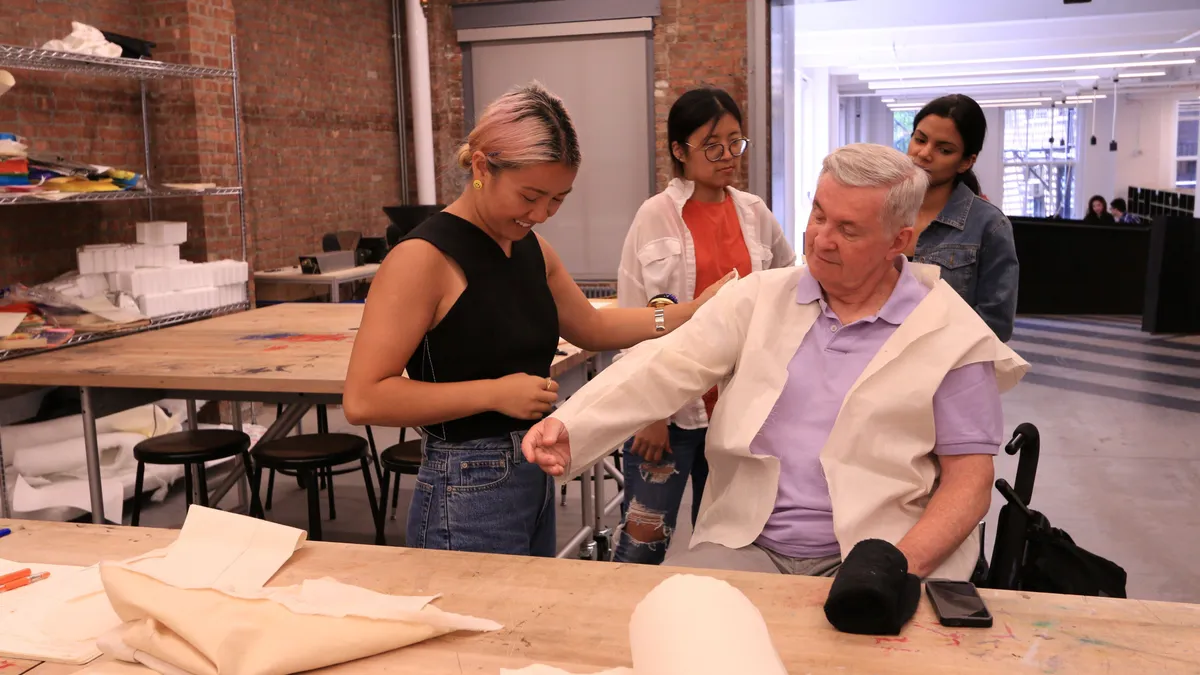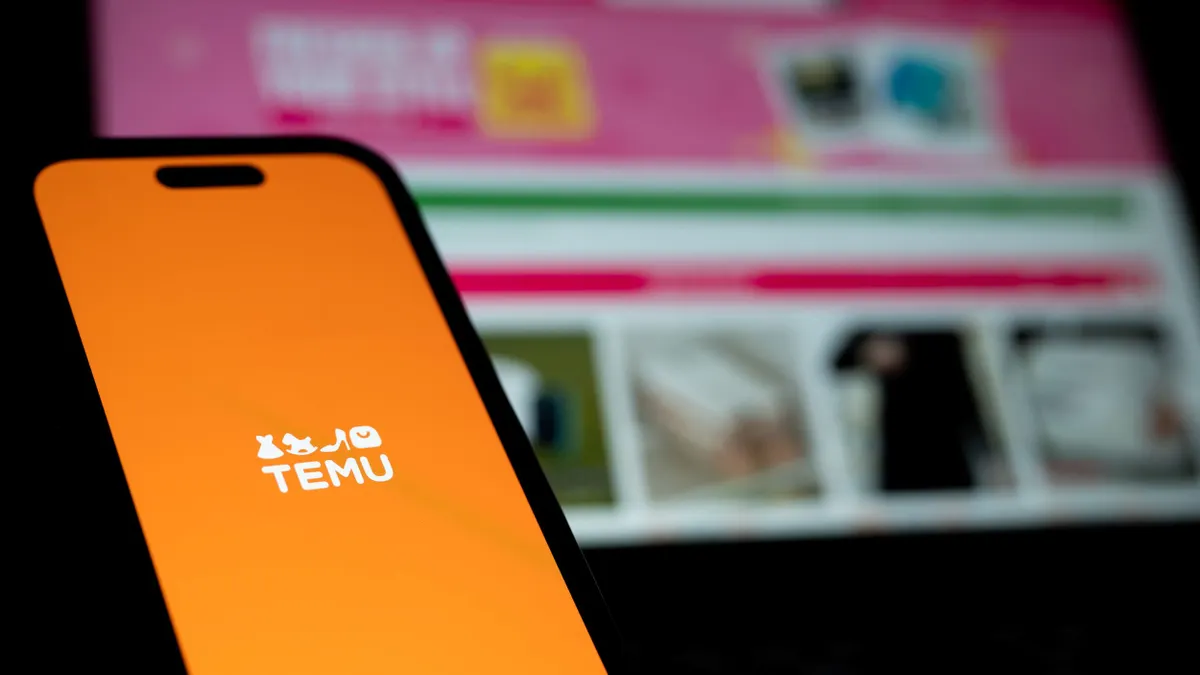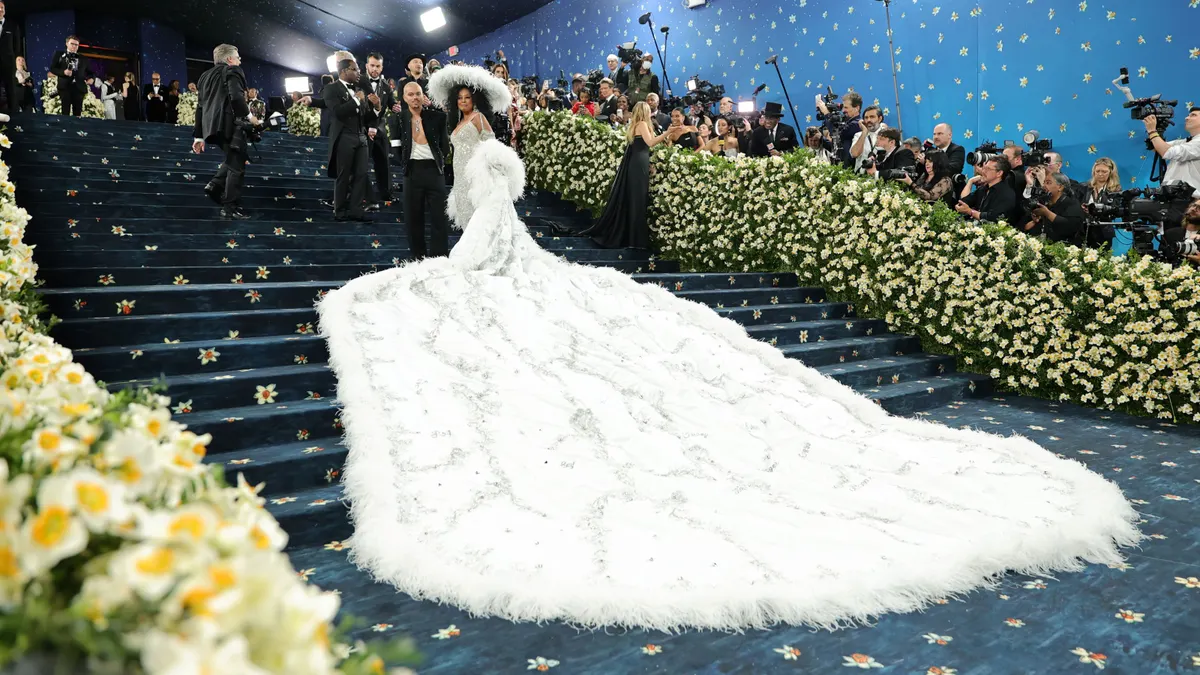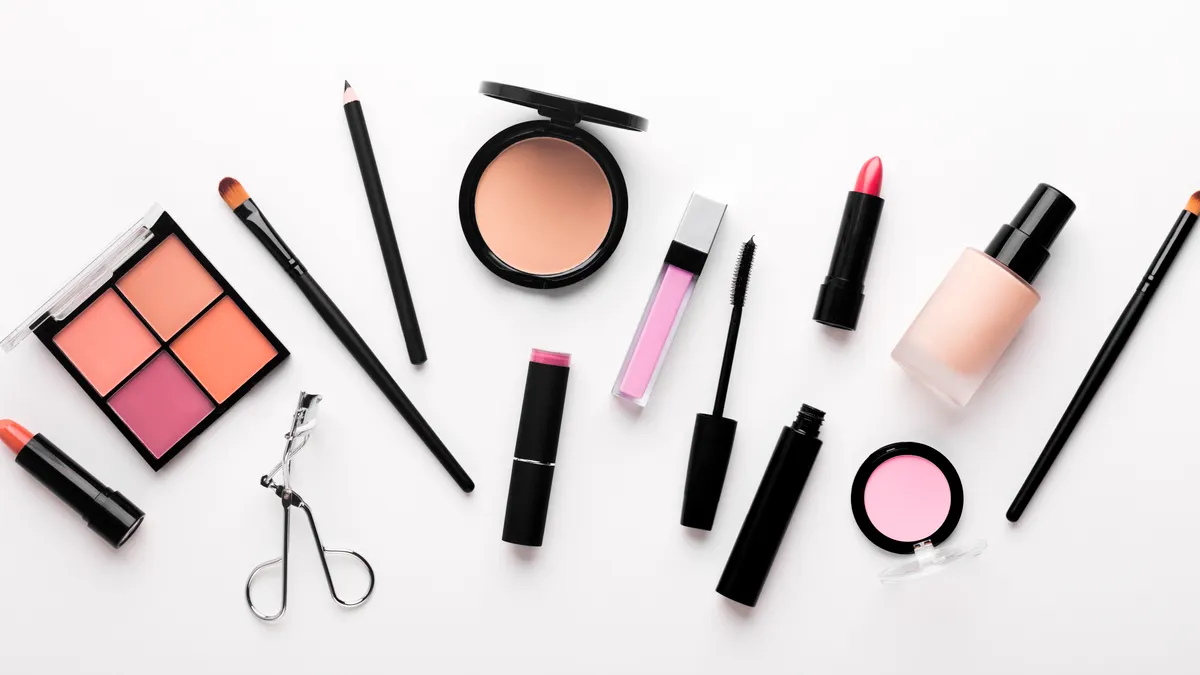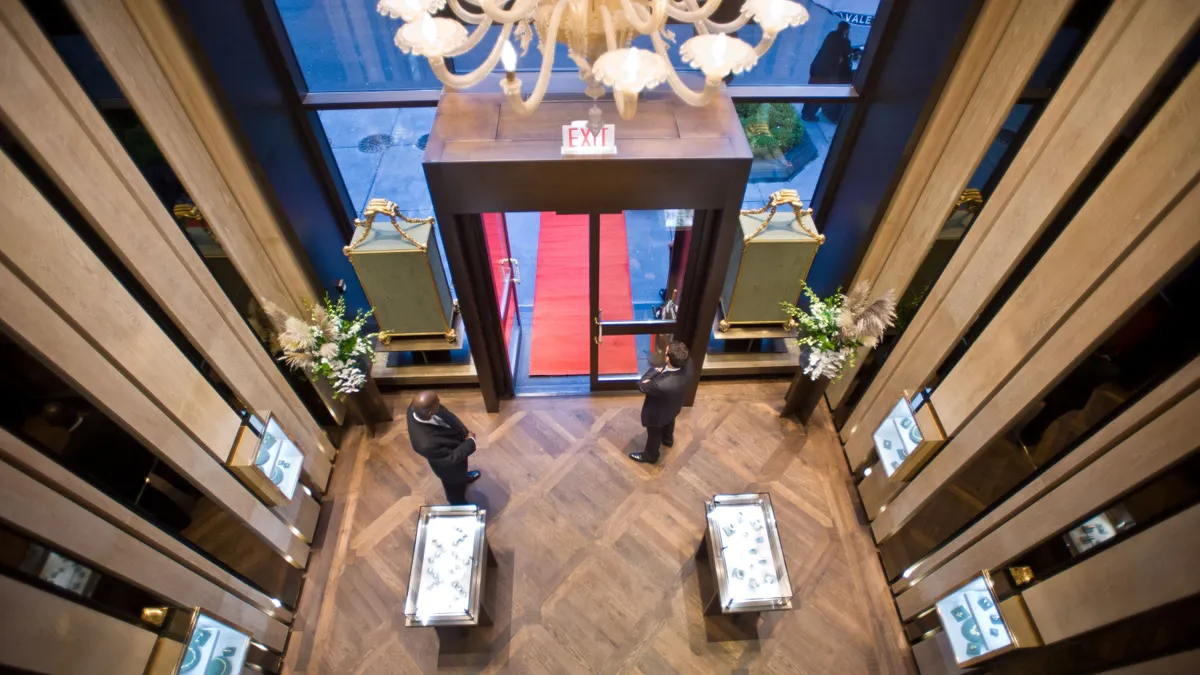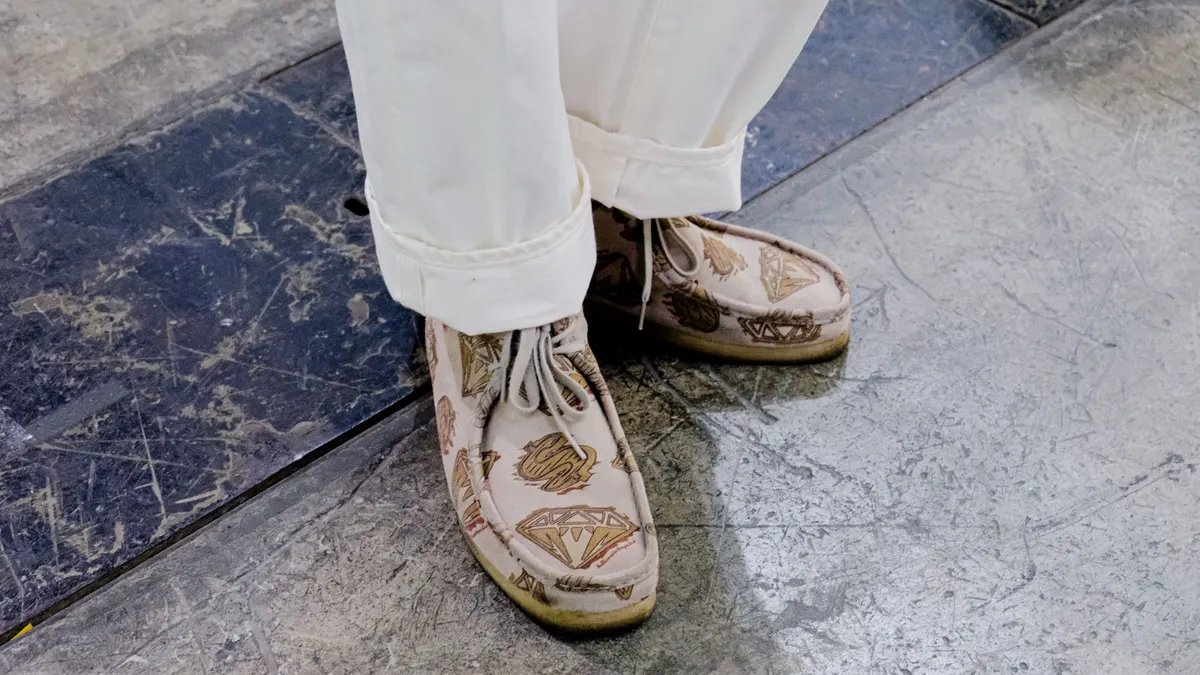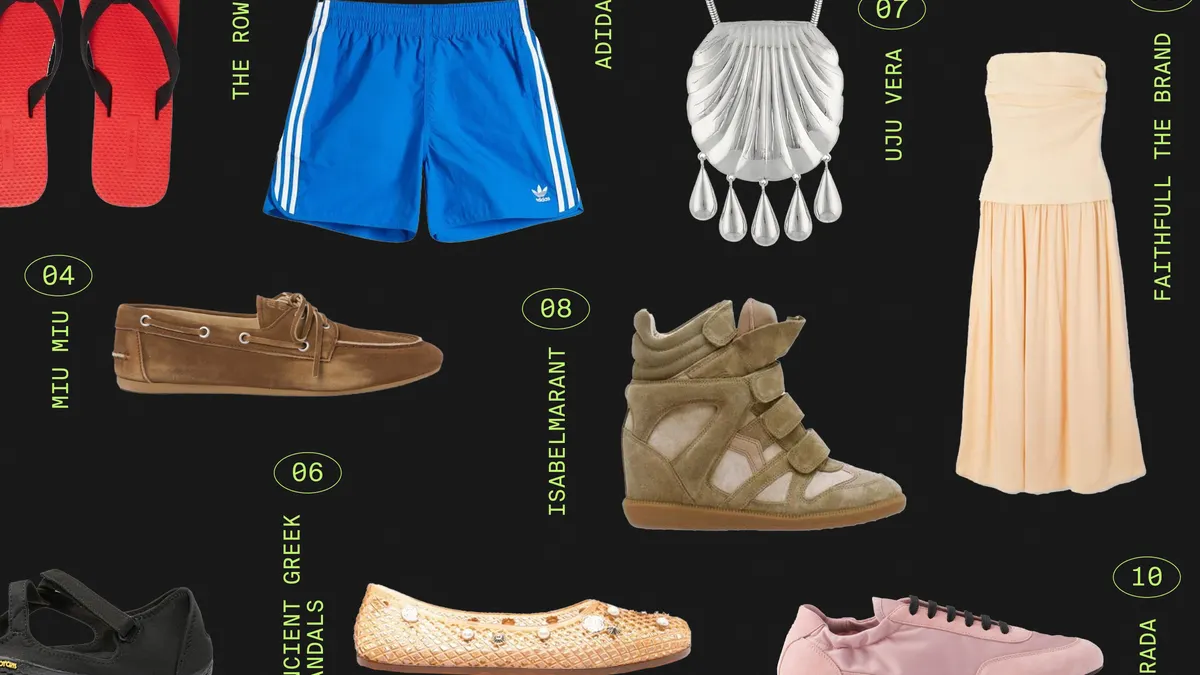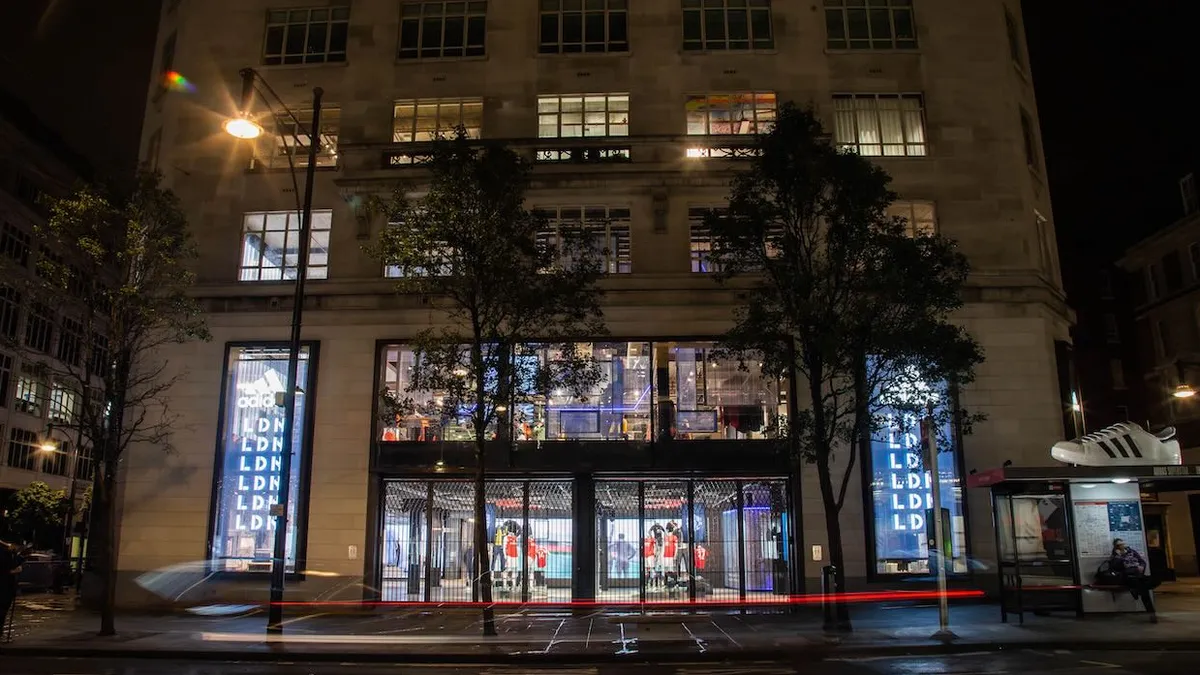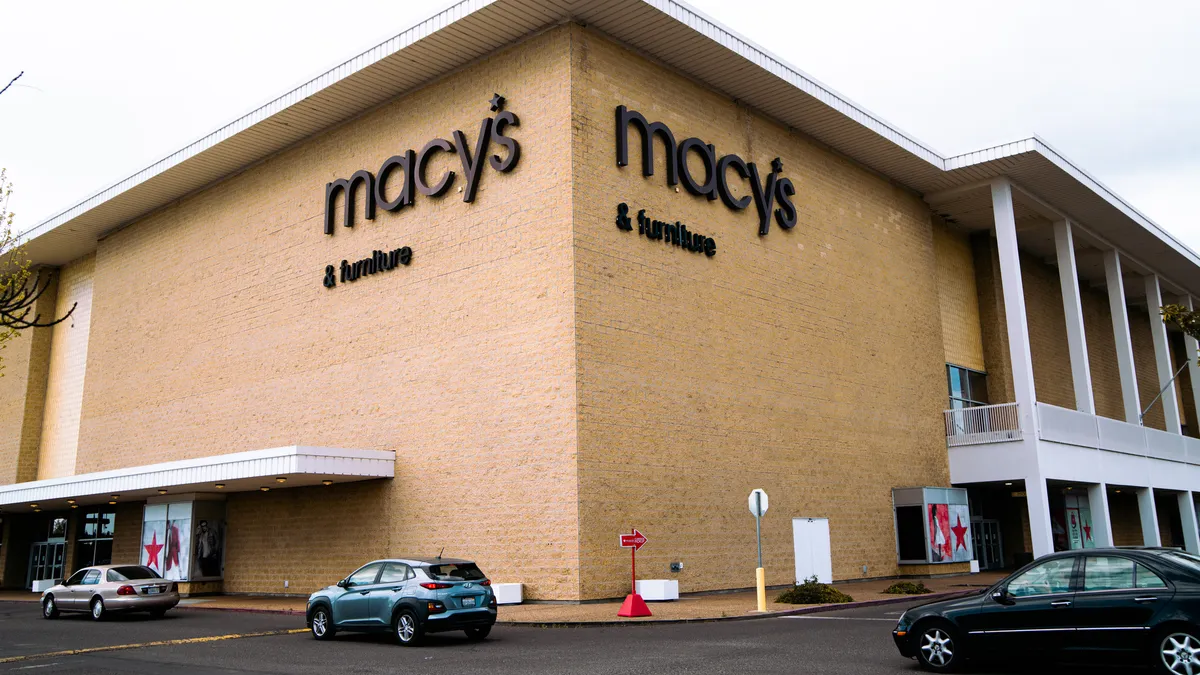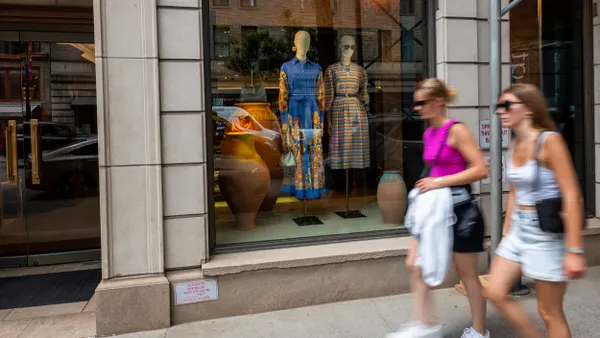Adaptive fashion was in the limelight several times over the past year. British Vogue’s May 2023 issue focused on adaptive fashion and featured cover stars with visible disabilities. In September, actress Selma Blair, who lives with multiple sclerosis, debuted an adaptive collection with Isaac Mizrahi.
The Centers for Disease Control and Prevention estimates that about 1 in 4 people worldwide have a disability, which it defines as a limitation in one’s ability to do certain activities because of an impairment in the body or mind’s functioning or structure. That can include, but is not limited to, limb differences, vision and hearing impairments, developmental disabilities such as attention deficit hyperactivity disorder, or diseases such as muscular dystrophy or multiple sclerosis. In addition, adaptive clothing can benefit people with temporary impairments including broken limbs, as well as assist people with impairments associated with the aging process. Having a disability can mean that some garments are not always accessible, comfortable, or safe to wear.
While recent trends point to the fashion industry realigning to better serve disabled consumers, some experts say the shift is more style than substance.
“I don’t want to completely discredit or write off these products,” Ben Barry, dean of fashion at Parsons School of Design in New York, who is disabled, said. “Access to fashion is access to life. Do I think the changes are deep enough? No…That’s not systemic structural change.”
[The] goal is to create mass-produced products. Disabled people aren't a significant enough market for folks to pay attention to.

Bruce Darling
president of the Center for Disability Rights
Bruce Darling, president of the Center for Disability Rights, a not-for-profit, community-based advocacy and service organization, said he doesn’t think there’s a lot of thought about disabled bodies when it comes to fashion design.
“[The] goal is to create mass-produced products,” Darling, who is neuroatypical and Disabled, said. “Disabled people aren't a significant enough market for folks to pay attention to.”
Adaptive versus inclusive
While many industrial designers are challenged with considering ergonomics, fashion designers are often taught to “make a beautiful garment, then the body fits in after,” said Yasmin Keats, executive director of Open Style Lab, a nonprofit organization that connects designers, fashion students, and sometimes brands, with people with disabilities, as well as with physical and occupational therapists to facilitate the design of adaptive products.
Open Style Lab teaches designers to look “at the needs of the person first,” Keats said. “And everyone will be different.”
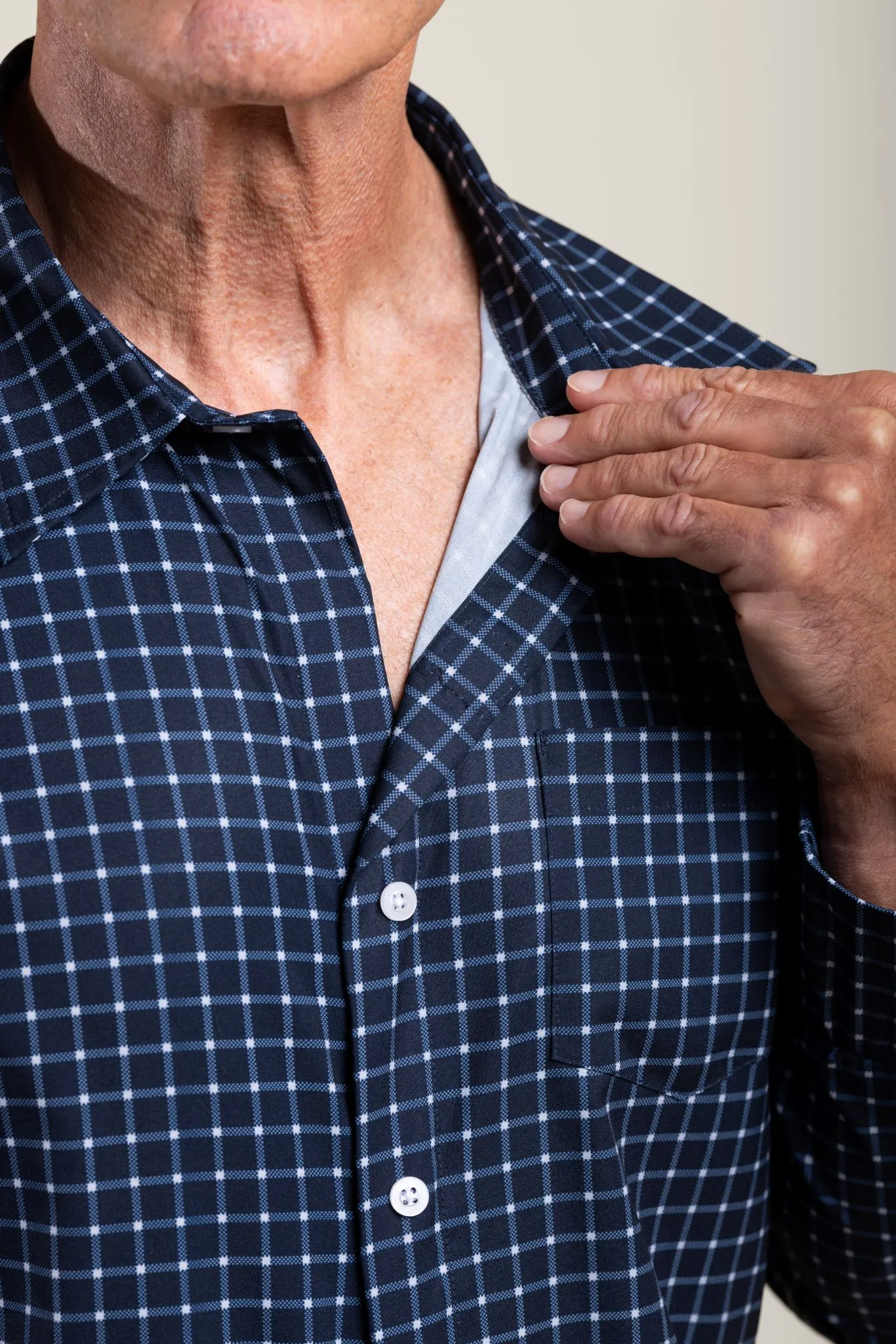
Adaptive products can include trousers without back seams, such as those developed by IZ Adaptive. These avoid the risk of deadly pressure sores for wheelchair users. Meanwhile, Joe & Bella, founded in 2022, designs apparel for older adults with cognitive and medical difficulties, such as pants that can accommodate incontinence supplies but still maintain a classic silhouette.
Adaptive underwear brand Slick Chick offers underwear with side clasps and zip-front bras. Shoes by Billy Footwear have a zip along the upper that allows the shoe to completely open up, making it easier to place feet in them. Adaptive garments may also have openings and pockets to facilitate ports or ostomy bags, in the case of dresses and pants designed by Unhidden Clothing.
Mass-market brands have recently delved into adaptive fashion, too.
In 2016, Tommy Hilfiger launched Tommy Hilfiger Adaptive, which includes logo T-shirts in fabrics that don’t irritate people with sensory processing sensitivity. It also includes garments with magnetic closures for people with dexterity issues. In 2023, Victoria’s Secret debuted an adaptive collection of bras and underwear with magnetic closures and nonirritating fabric.
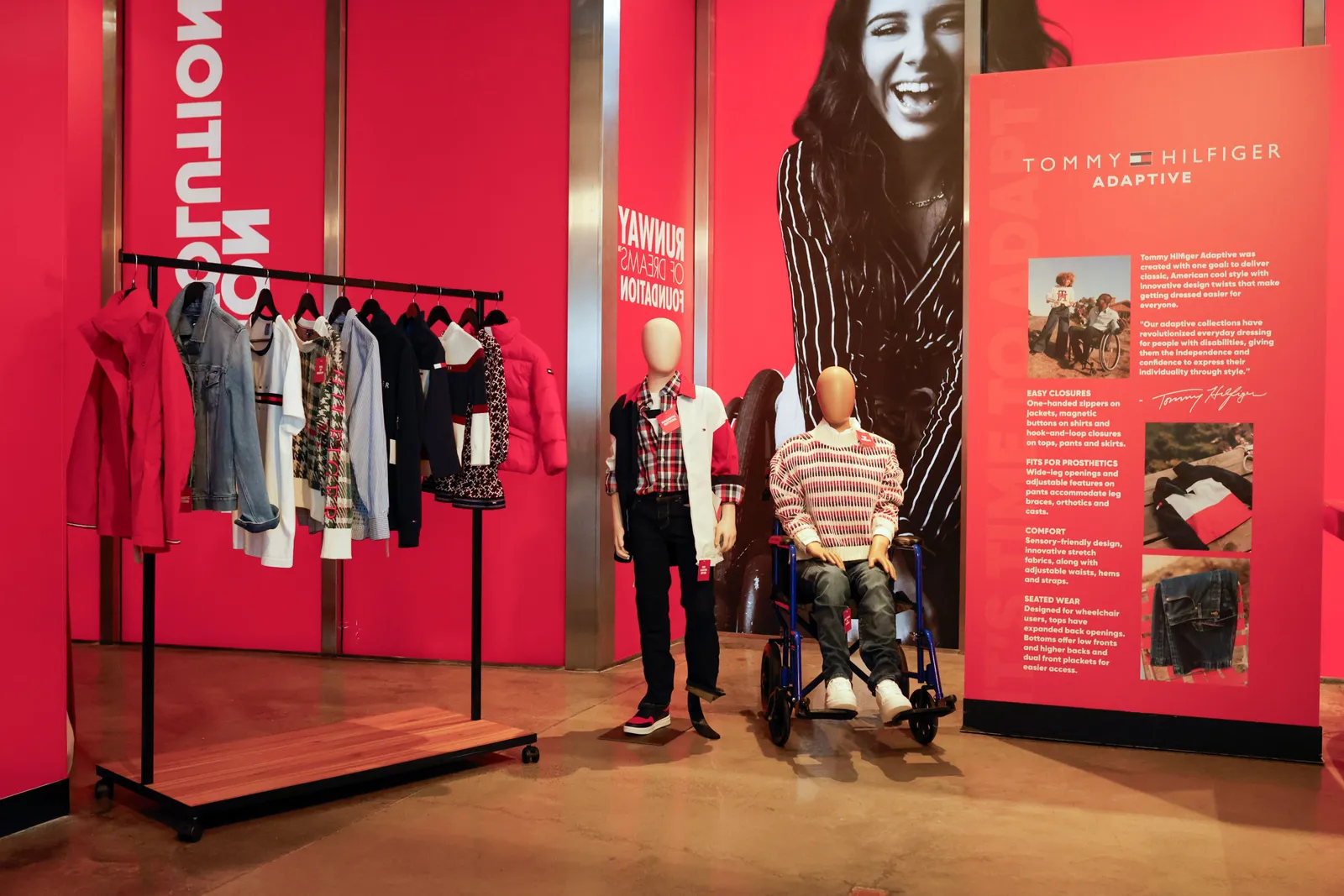
Not everyone likes the idea of adaptive fashion.
“I think adaptive fashion is a ridiculous moniker, and is exclusively capitalizing [on] and medicalizing a body that may not fit into what’s considered sized clothing,” said Liz DePoy, who works as a professor at the University of Maine along with her husband, Stephen Gilson.
DePoy and Gilson both have impairments but are not “disabled” according to their definition of the word, which they say means “not being able.” The pair have authored a book arguing that disability is a category created by branding. Rather than launch specific clothing lines marketed to disabled people, Depoy suggests that companies manufacture one item with different features as well as in different sizes.
The Open Style Lab team, in contrast, advocates for “inclusive design.” This means to “design for one, extend for all,” said Keats, who, like half the organization’s leadership, has a disability. “We focus on solving one need really well and beautifully, and you see after that how it can be extended.”
Solving for adaptive issues has led to “amazing innovation” that benefits a wider range of people, Keats said. She cited voice to text, touch screens, and the electric toothbrush as three examples. The organization seeks to do the same for the world of fashion, she said.

Offering design solutions is also about helping consumers feel good.
Darling said he dated a man in the 1980s who had experienced a spinal cord injury, and who had trouble finding professional clothing to wear to work.
“We were young gay men, and honestly, clothes were an important part of the look,” Darling said. “But the issue was when he started using his chair…clothes were not designed to be in the seated position, and so that was problematic.”
The man eventually had to pay someone to modify clothing in order to get something that worked.
“That’s sort of been the approach that disabled people have taken to clothing in general,” Darling said. “You find something that’s close and someone fixes it to make it work for you. So if you’re a person of short stature you end up buying kids’ clothes.”
After his partner had the clothing altered, Darling said, the pieces were “completely different.”
“When you lay them flat and you folded them, they didn’t look like…able-normative clothes,” Darling said. “Even for me, somebody who was part of the community, seeing how the clothes could be adapted [was] impressive…and he looked sharp.”
A publicity scheme
Some disabled people in the industry have criticized the marketing of adaptive lines for trying to earn goodwill with nondisabled consumers rather than serve disabled ones.
“Don’t make it around some special disability holiday, and don’t do a press release and don’t make it this inspirational thing,” said Stephanie Thomas, founder and CEO of health and fashion tech company Cur8able, which helps major brands, such as Athleta, curate disability-friendly clothing within their existing stock.
Thomas, who was born with disabilities, called Gucci’s recent campaign with Ellie Goldstein, a model with Down Syndrome, a “misstep.”
“The whole campaign was inspirational, and I was just like please, make me gag, stop,” she said. “If you’re going to use the model, let the model compete.”
Thomas has a similar criticism of a runway show by Runway of Dreams, a nonprofit started by Mindy Scheier, a nondisabled fashion designer whose son has muscular dystrophy. Scheier’s consultancy, Gamut, has collaborated with high-profile brands and stores such as Tommy Hilfiger, JCPenney and Victoria’s Secret on launching adaptive clothing lines. One Runway of Dreams show ended with a choir performance.
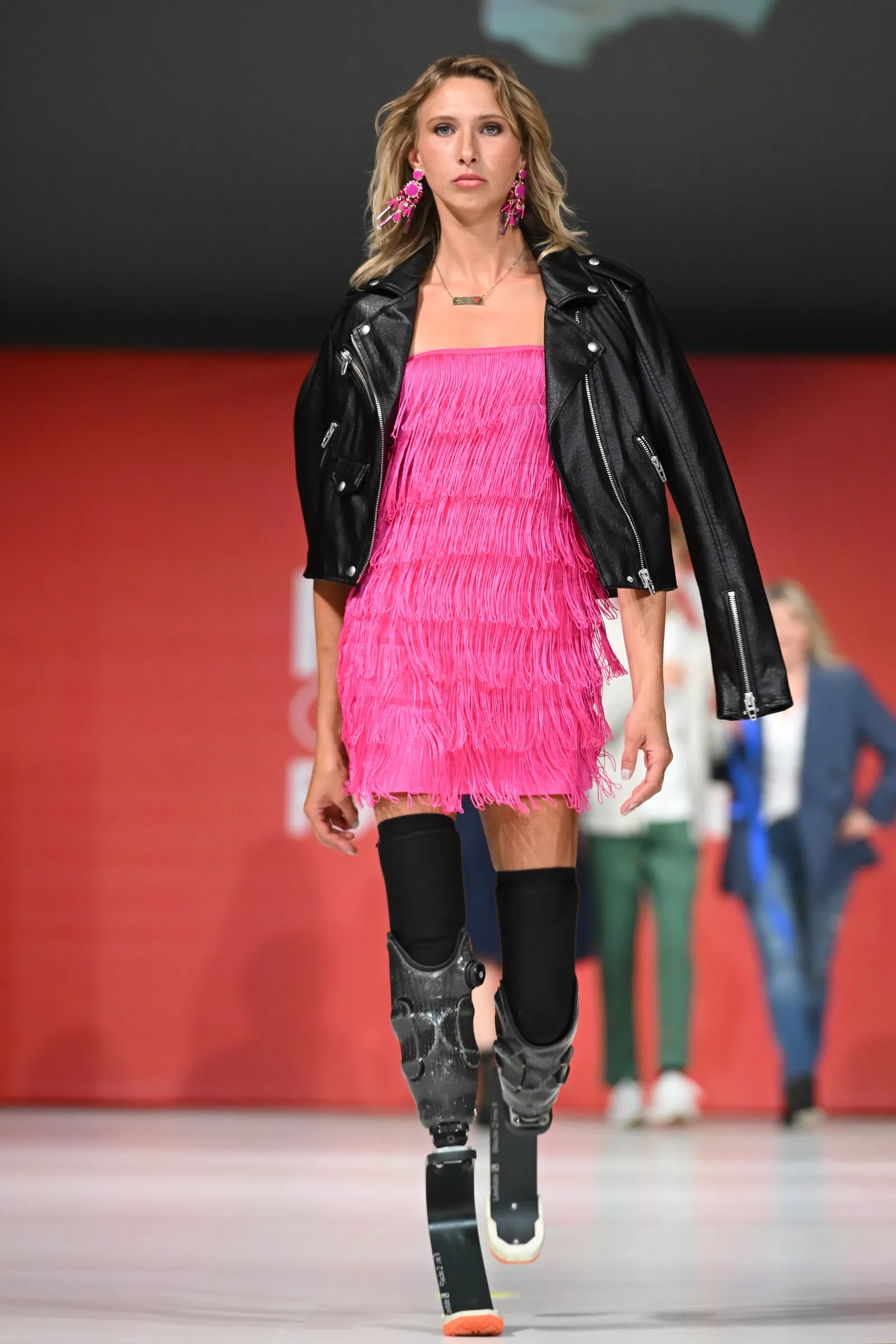
“People in the audience were crying,” Thomas said. “It was more something to make the nondisabled people feel good. The harm in that — because I can see the good and bad — the harm in that is that people leave with the perception that we’re not powerful, we’re not capable, we’re not strong, that we’re this weak part of society that needs to be helped, that we don’t have anything to contribute. And it’s degrading.”
Darling said there aren’t many disabled people in fashion ads or on runways, and that even when it does happen, it doesn’t always land well.
“Sometimes what’s happening is the inclusion is performative, and it misses the mark,” Darling said. “And when it does [it falls] flat with actual disabled people. The trick to avoiding this is having disabled people in the mix who are developing this design.”
“The issue comes down to structural ableism and…how nondisabled people don't want to see disabled people, and actually actively don’t see us,” Darling said. “We do a lot of activism and protests, and it’s amazing that people will not notice a group of 60 or more disabled people lining a hallway because they don’t want to look at us. And that’s the opposite of what the fashion industry wants. They want people who will attract attention and people will look at.”
An effort to attract attention can also backfire. For example, marketing aimed to earn applause from nondisabled consumers sometimes kills adaptive products before they’re released, said Liz Jackson, founder of design company The Disabled List.
Jackson, who is disabled, calls it the “announcement to abandonment cycle,” a phenomenon that has also been described in the context of adaptive technology. A mid-level manager pursues an idea and builds support, but when it becomes a viable project, “the powers that be notice, and they’re like, this is a thing that does good, we have to announce it,” Jackson said. The press release goes out, and management realizes “they can’t announce it again,” so the project loses its value to the company and gets shelved, Jackson explained.
“So that person who gained all that traction, what they experience internally is that it’s like sand through their fingers, it just falls away from them, and that thing is gone,” Jackson said.
It's not inclusion if it’s three people.

Liz Jackson
founder, The Disabled List
One potential example is Unilever’s adaptive deodorant, developed under the brand Degree, which Jackson and The Disabled List have tracked. The deodorant, designed for people with vision or grip issues, was celebrated in April 2021 with two high-production video ads featuring disabled athletes. By 2022, the project was canned as unviable. Unilever did not respond to requests for comment, and Open Style Lab, which helped Unilever test the product, said they would not be able to comment in time for publication.
On the other hand, Jackson has called it “problematic” when an inclusively-designed object becomes so successful that its origin story as an adaptive design is not “centered” in its marketing. Such is the case, she said, for Nike’s hands-free Go FlyEase sneakers, which were first developed as a sneaker that people with impaired dexterity could easily put on. As she and co-author Jaipreet Virdi, a disability historian who is deaf, wrote in a critique of Nike’s approach, “Disability is not a bad word.”
Real inclusion
Both Open Style Lab and Gamut emphasize that their consulting work with brands includes people with disabilities through focus groups. But this can seem like an empty gesture when the industry, like many others, remains largely inaccessible to disabled workers, said Barry, as well as Jackson and Thomas.
According to a 2023 Vogue Business survey of 667 fashion industry workers, “the infrastructure of the industry is fundamentally inaccessible.”
When it comes to including disabled models in advertisements or runway shows, “you know the clothes are not designed for us in the first place, and people tend to be uncomfortable with looking at us, so we’re just not represented,” Darling said.
Jackson notes that most of the press around adaptive fashion centers around a few key figureheads: Scheier, Blair and consultant Sinead Burke, the first visibly disabled person on a British Vogue cover. Jackson calls this approach “tokenistic.”
“It's not inclusion if it’s three people,” Jackson said.
It’s recognizing the disability experience is one that inherently brings creativity and wisdom and valuable perspectives.

Ben Barry
dean of fashion at Parsons School of Design
Burke is a mentor with the Parsons Disabled Fashion Student Program, which Barry launched in December 2023. The program provides scholarship funding and mentorship to bring disabled students to Parsons at the undergraduate and graduate level and help them succeed. Barry says that achieving real inclusion means removing systemic barriers along every step of the career path, from fashion school admission to internships, to recruitment and promotion.
If a large brand wants to become more accessible, they might be tempted to launch an adaptive line with the accompanying media fanfare. But more meaningful than that, Barry suggests, would be changing hiring practices, but not because it’s “the right thing to do,” he said.
“This is not about in any way, a good deed or a charity model or a moral imperative,” he said. “It’s recognizing the disability experience is one that inherently brings creativity and wisdom and valuable perspectives of engaging in the world. And that knowledge brands not just want, but need.”
There is an obvious solution to avoiding missteps or ableism in the production of adaptive lines, Darling said. “The idea that you would actually, you know, include disabled people in the mix of developing [adaptive lines], the reason it’s not intuitive, is because our society is so structurally ableist,” he said. “And we have not recognized disability in the same way we see other marginalizations.”
Thomas, who said she has often been offered what she called insultingly low rates despite her 20 years in the industry, is blunt.
“The fashion industry is always saying, ‘How can we change the industry?’” she said. “Well, you’re the gatekeeper. Hire people with disabilities. You’re the literal gatekeeper asking how to open and close the gates.”


